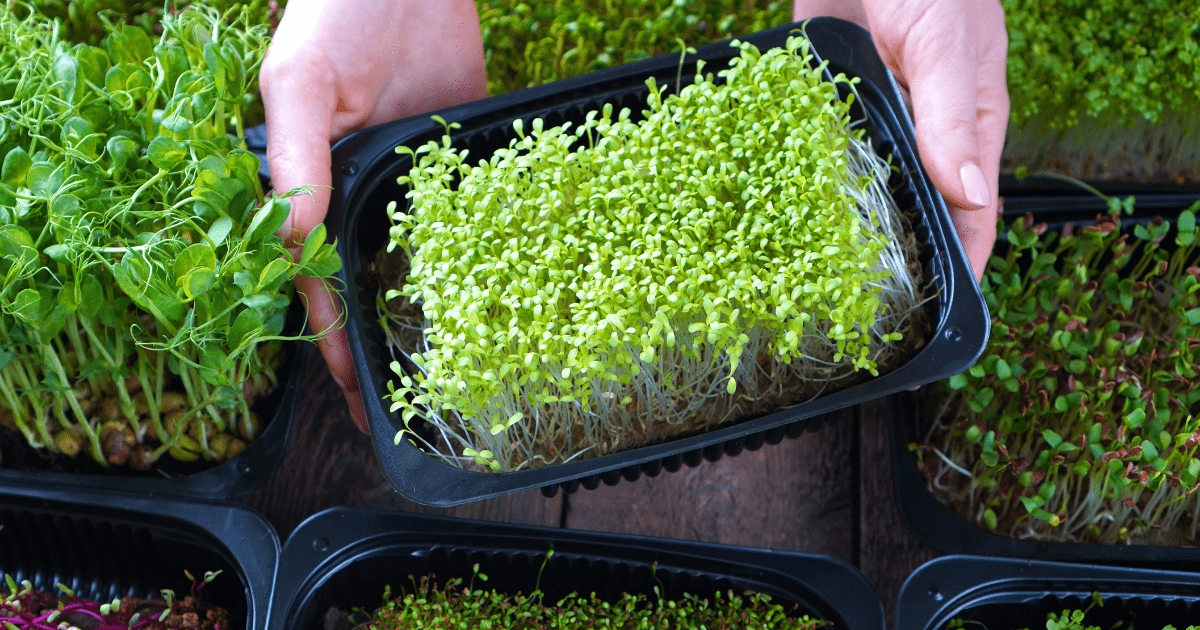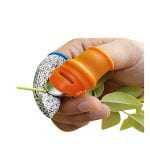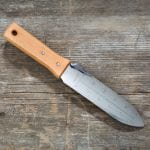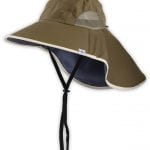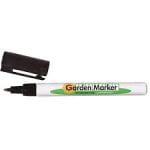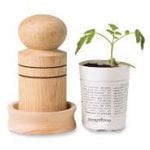It’s a question gardeners are faced with every year around this time: Do I throw away leftover seeds from last year or should I keep them for replanting this upcoming gardening season? With the high price of garden seeds (I see some new varieties of tomatoes are costing nearly 1 dollar per seed!), it would seem prudent to keep any leftover seeds for future use, but it feels risky to forgo a seed order and depend on older seeds, which may fail to germinate adequately, or germinate so poorly that I lose out on the crop I was planning to grow.
I’m a little embarrassed to admit that I’ve never been one for holding on to old seeds. Despite all the training and years of gardening under my belt, I admit I have been known to throw away seeds each winter that had been sitting in their original packaging in the basement since the summer before. This year it seems that I have more than the usual number of seed packets left over from last summer, particularly many varieties of lettuce and spinach, so I decided it’s time to take on this question of whether I can depend on old seeds despite the fact that I didn’t exactly store them properly.
I started by doing some reading on the topic. Turns out the only way to know what proportion of your old seeds remain viable is to perform a seed germination test. After reading a blog post on the High Mowing Organic Seeds website entitled “How to do a quick germination test at home,” I decided to give it a try. Read more Seed germination testing: easy and thrifty!

